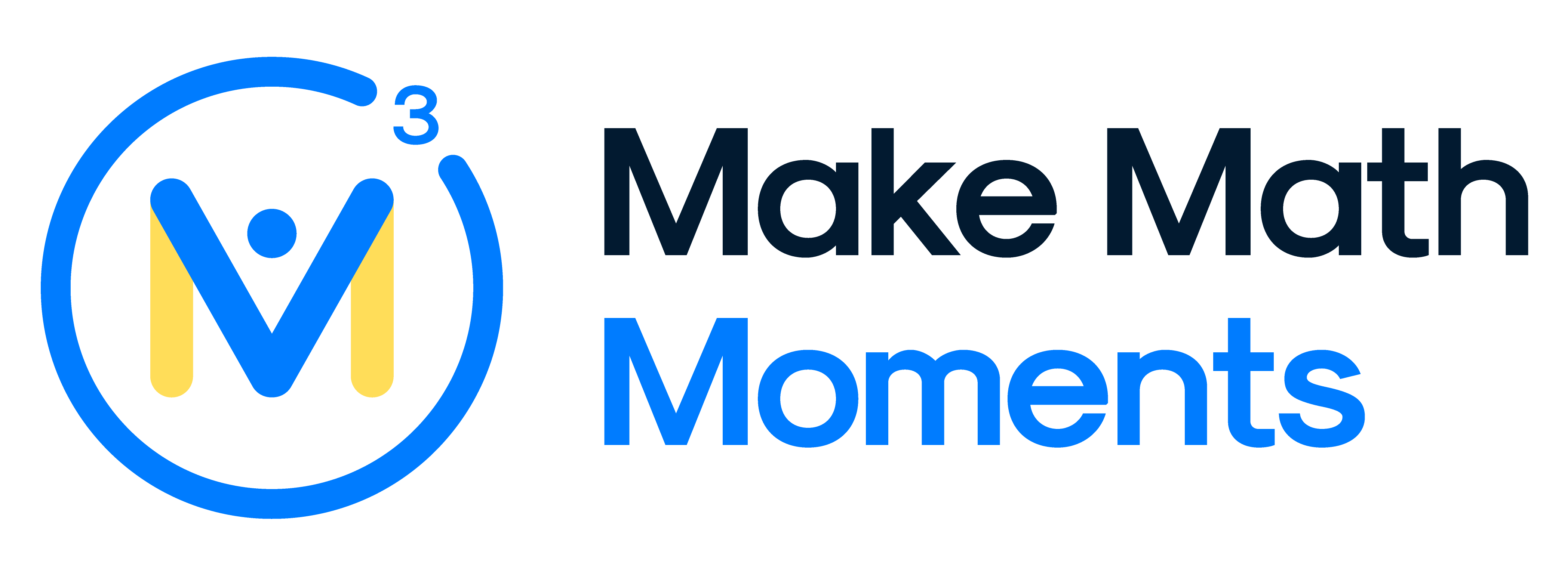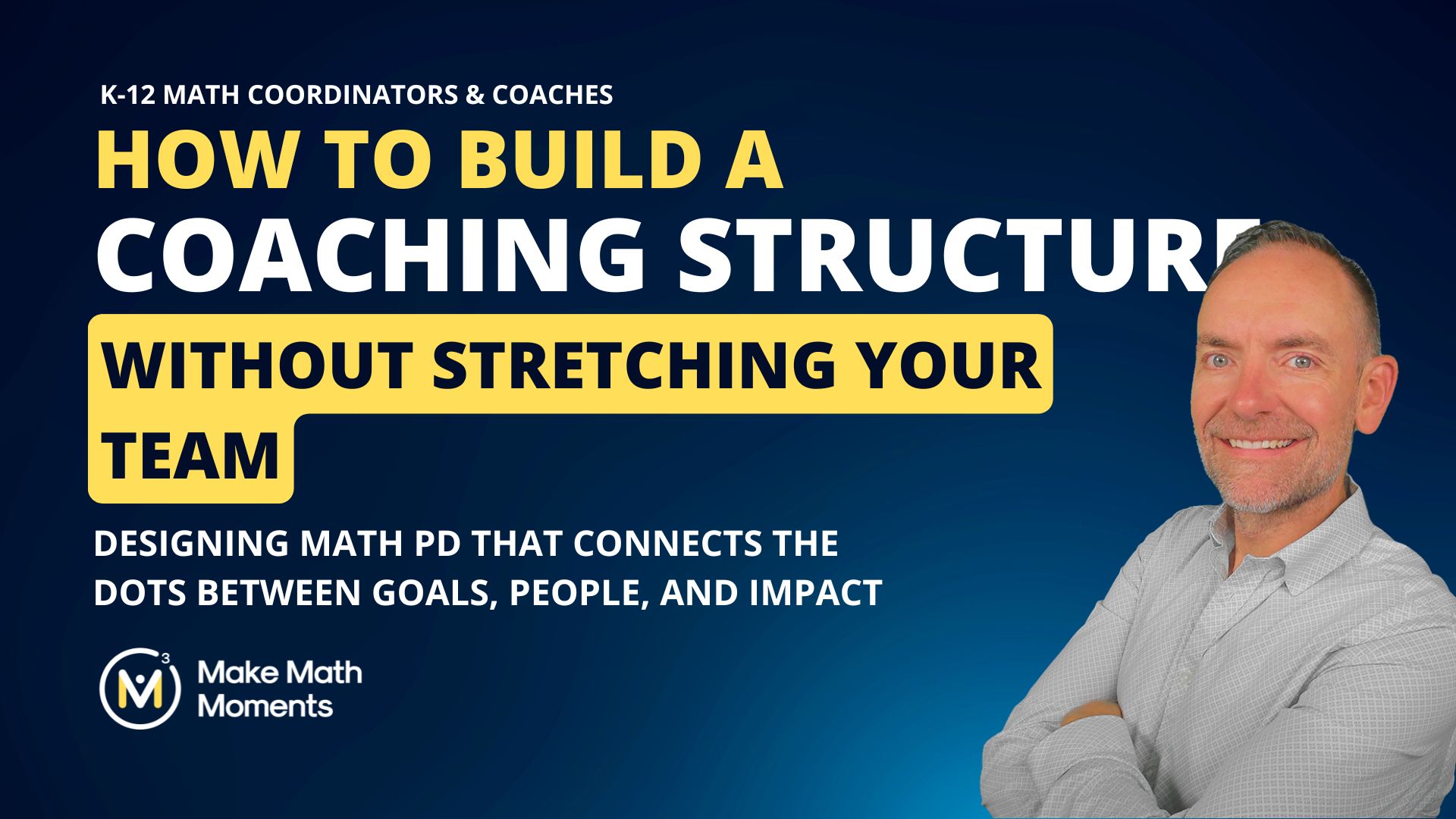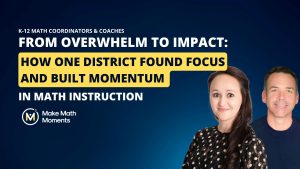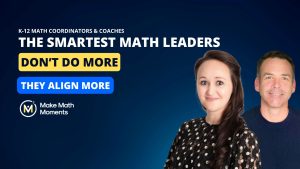When Christopher and Jennifer, two math coordinators from Texas finally expanded their math coaching team, it felt like the breakthrough they’d been waiting for.
After years of trying to support over 20 campuses with only a handful of staff, they now had a team of 6 specialists and curriculum coordinators.
But with more capacity came a challenging question that many leaders wrestle with:
“We believe in equity,” Jennifer shared. “So it feels wrong to not be available for every educator. We can’t possibly provide coaching to everyone.”
This concern is both common and deeply human.
School and district leaders often feel pressure to be fair, to serve everyone equally.
Many leaders feel trapped in a decision between provide coaching to all or provide coaching to no one.
Providing the greatest good for the greatest number is rooted in who we are as educators, but it’s holding us back from true impact.
If a leader chooses decides to omit coaching, then they are leaving the most impactful change-agent structure out of their math improvement program.
If a leader chooses to provide coaching to all – the process of spreading support thinly across all educators, they risk making little impact anywhere.
The solution isn’t to exclude, but to concentrate intentionally.
We often encourage leaders to think of coaching like planting seeds.
If you scatter seeds across dry, unprepared soil, not much will grow.
But if you take time to cultivate a small plot—till the soil, water regularly, shield it from weeds—you create the conditions for thriving growth.
That plot becomes visible. And soon, others begin to ask: What’s growing over there?
That’s not just a metaphor—it’s rooted in research. Elmore (2004), in School Reform from the Inside Out, reminds us that real instructional change happens “one teacher, one classroom at a time,” and only through deep, sustained support.
Similarly, Rogers’ Diffusion of Innovation Theory shows that transformation spreads not by reaching everyone at once, but through early adopters who model what’s possible.
Targeting support toward those most ready to grow allows them to become proof points—sparking curiosity, rather than compliance, in others.
That’s the strategy Christopher and Jennifer committed to.
They prioritized a small number of campuses and educators—those ready to lean into their objectives, to go deeper with fluency strategies and resilient problem solving strategies.
Not only did they see instructional shifts, but teachers across other schools began to notice—and ask to be part of the change.
Equity doesn’t mean equal access to time. It means equal access to impact.
By resisting the urge to “coach everyone,” Christopher and Jennifer gave themselves permission to lead strategically.
Their story reminds us that sustainable math improvement comes not from doing more for everyone, but by doing what matters most for some—then letting the momentum grow outward.
Your Move:
Now is the time to make the same strategic decision Christopher and Jennifer made.
Your coaching team doesn’t need to be everywhere to make an impact—but they do need to be somewhere with focus and intention.
By identifying where coaching can be most effective, you’ll plant the seeds that can spark real, sustainable growth across your district next year.
If you’re planning for next year and want your coaching program to drive measurable change—not just activity—let’s talk.
➡️ Book a call with our team, and we’ll walk through how to design a focused, research-backed coaching structure that aligns with your goals and builds lasting momentum.






